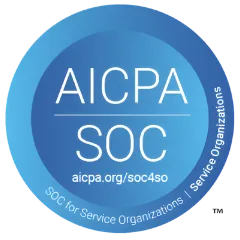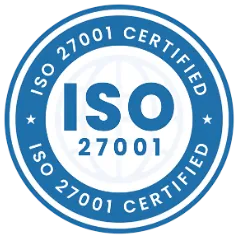From the hospitality sector to the construction industry, from healthcare to the food services, asset management is present practically everywhere. While some organizations still do it manually, many are using the software. Asset management is as important to a company as their assets. In this blog, we will try to understand what asset management is, what its types and benefits are.
What Is Asset Management?
Asset Management is the process of managing and monitoring assets efficiently. Basically, its main function is to track and records assets across their entire life cycle. It offers actionable data to the organization like where each and every asset is located, who the user is and how it is being utilized and the asset would need maintenance.
Physical asset management resolves issues of organizations such as return on investment, maintenance activity, inventory management, etc.
What Are The Benefits of Asset Management?
Here are a few of the main asset management benefits:
A. Decreased Asset Breakdown
When an unforeseen breakdown occurs, it not only costs money but also creates hurdles in the company's productivity. The workers are rendered idle and the whole downstream process gets affected.
Not maintaining assets regularly can cause breakdowns, expensive repairs, etc. The asset management software emphasizes on scheduling maintenance because when it comes to problems, prevention is better than repairing.
B. Maximizing Asset Life
The real importance of maintenance is realized when a machine or vehicle is deployed on a heavy workload. For asset maintenance, the software will send alerts and notify the personnel automatically. Consequently, physical asset management is done efficiently.
Tracking asset life is also essential for an organization. With asset tracking management software, it is easy to find out if an asset is working properly, whether it needs any kind of maintenance and so forth. Overall, the system makes sure that assets are functioning in peak condition and performing as per expectations.
When the organization is appraised on the status of its assets, they also can make correct decisions. This helps in saving costs and extending the life of assets. One of the major benefits of asset tracking is that it enables tracking, managing, and enhancing the asset's lifecycle. Asset tracking provides regular updates and reports on the maintenance of assets, thereby optimizing the asset life.
C. Preventing Asset Theft
In a small size organization, the menace of asset theft can be better managed if there is a limited number of vehicles and the track record of maintenance can be kept. However, if the number of vehicles is high, it becomes very difficult to manually keep track of assets as well as their maintenance history. Moreover, the chances of asset thefts also increase. Therefore, the software is necessary to keep track of assets efficiently and comprehensively.
According to Statista, the motor vehicle theft rate in the United States alone in 2018 was 228.9 cases per 100,000 population. With the software, you always have a real-time location of the vehicles and assets. Knowing the whereabouts of assets is one of the main reasons for an organization to implement asset tracking software.
What Are Different Asset Management Types?
Also Read: 5 Crucial Benefits of Asset Management for the Manufacturing Sector

There are various Asset Management Types as discussed below:
1. Digital Asset Management
We know digitalization has a huge impact in our daily life. From watching movies and clicking pictures to video conferencing, everything has gone digital. The digital asset management system has the capability to track assets in real-time. Storing and getting data are very simple and speedy in digital asset management as only metadata is required. If required, you can also link photos, videos, and documents with each asset.
2. Enterprise Asset Management
This is one of the most well-known asset management types. It is the system of asset management and maximizing asset life and reducing all related costs e.g. maintenance. Enterprise asset management monitors asset performance, helps increase efficiency, and boosts productivity.
3. Fixed Asset Management
In physical asset management involves monitoring, managing, and maintaining assets and equipment. Assets and equipment can include office furniture, laptops, computers, printers, machinery and so on. The system paves the way to keep the assets in top condition and minimize asset losses.
Fixed assets such as transport infrastructure, elevators, or servers can entail a huge investment. Fixed assets require regular maintenance. Without a suitable asset management software in place, things can grow very complex and the organization's bottom line can be impacted.
4. IT Asset Management
IT asset management is also referred to as ITAM. It is useful when there are multiple sites of an organization. Every branch has a lot of IT assets. The problem arises when information all this is not centralized and wrong information gets circulated.
IT asset management software synchronizes data and centralizes organization data and information. ITAM is useful to track tangible as well as intangible assets. ITAM secures the right to guarantee that the company's assets are maintained in time, upgraded when needed, and disposed of at the end of their life.
Also Read: How Asset Infinity Helped a Luxury Hotel Cut Asset Losses by 40%?
Conclusion
You can choose any asset management type as required. They all serve the same objective such as decreasing asset theft, increasing asset life, minimizing breakdown, maximizing efficiency, and so forth.
The system provides crucial data that aids in decision making and assists in formulating future company goals. More importantly, it helps in saving unexpected maintenance expenses and enhancing the return on investment (ROI).
Frequently Asked Questions (FAQs)
1. Why is Asset Management important?
Asset management is important because it is a systematic approach to resolve issues or potential issues that arise in an organization from time to time. In this process, every asset is tracked, managed, and maintained. In simple words, asset management increases the productivity of the organization.
2. What is the purpose of Asset?
An asset adds value to the organization or institution. The owner deploys them in the expectation that it will produce a profit in future.
3. How many types of Assets are there?
Basically, there are two types of Assets - tangible assets such as land, vehicle, equipment etc. and intangible assets such as copyrights, licenses. Some people also refer to tangible assets as physical and intangible assets as non-physical or liquid assets.


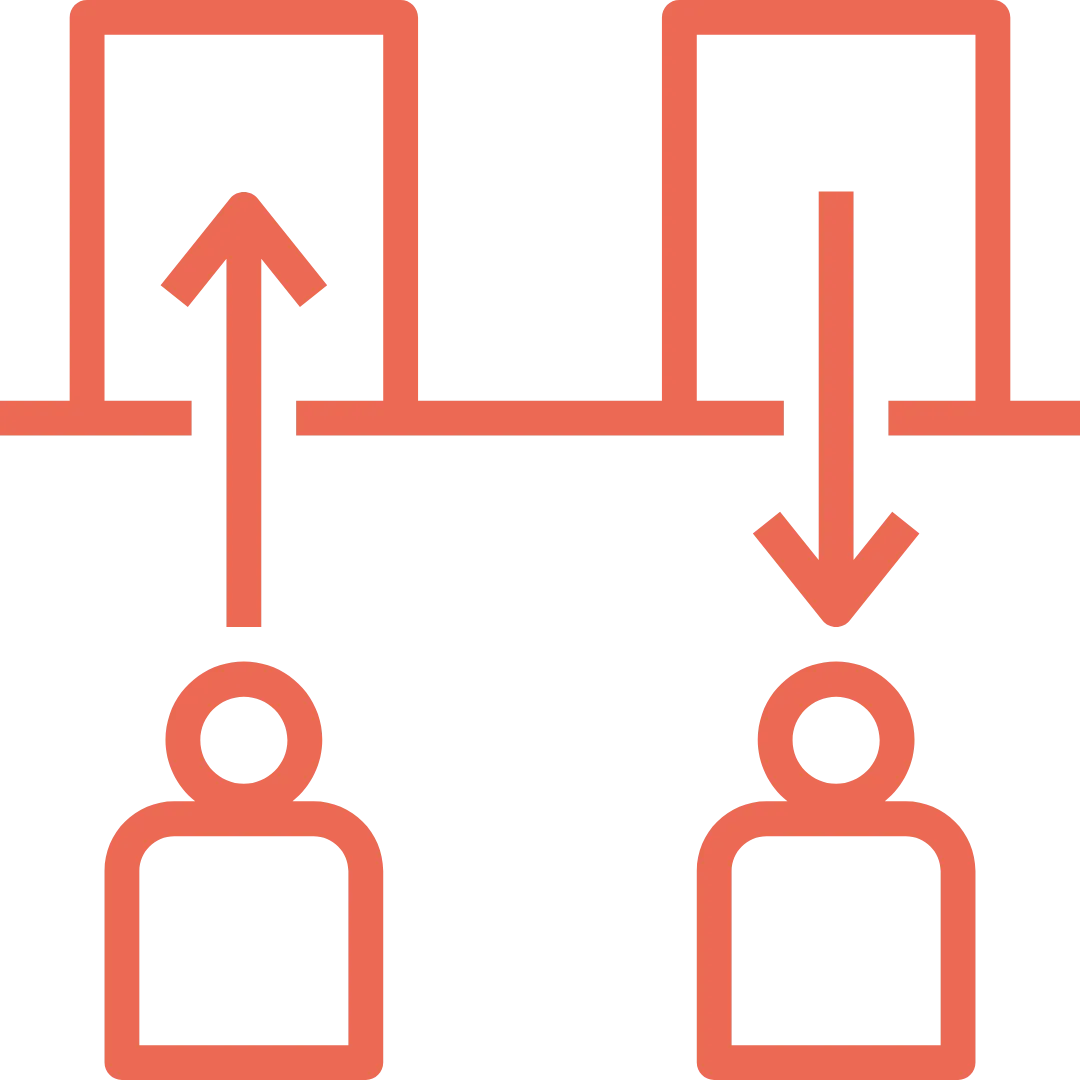









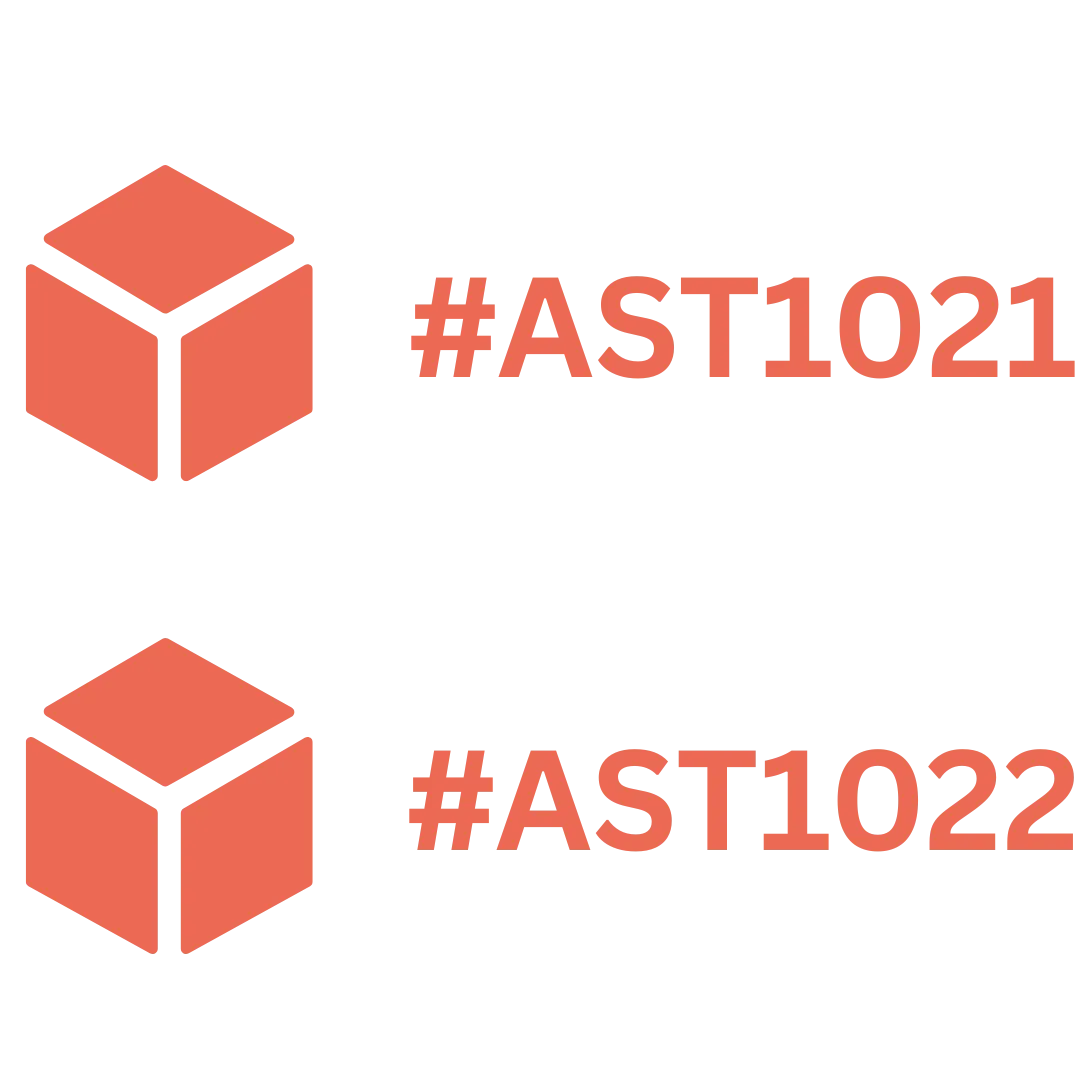





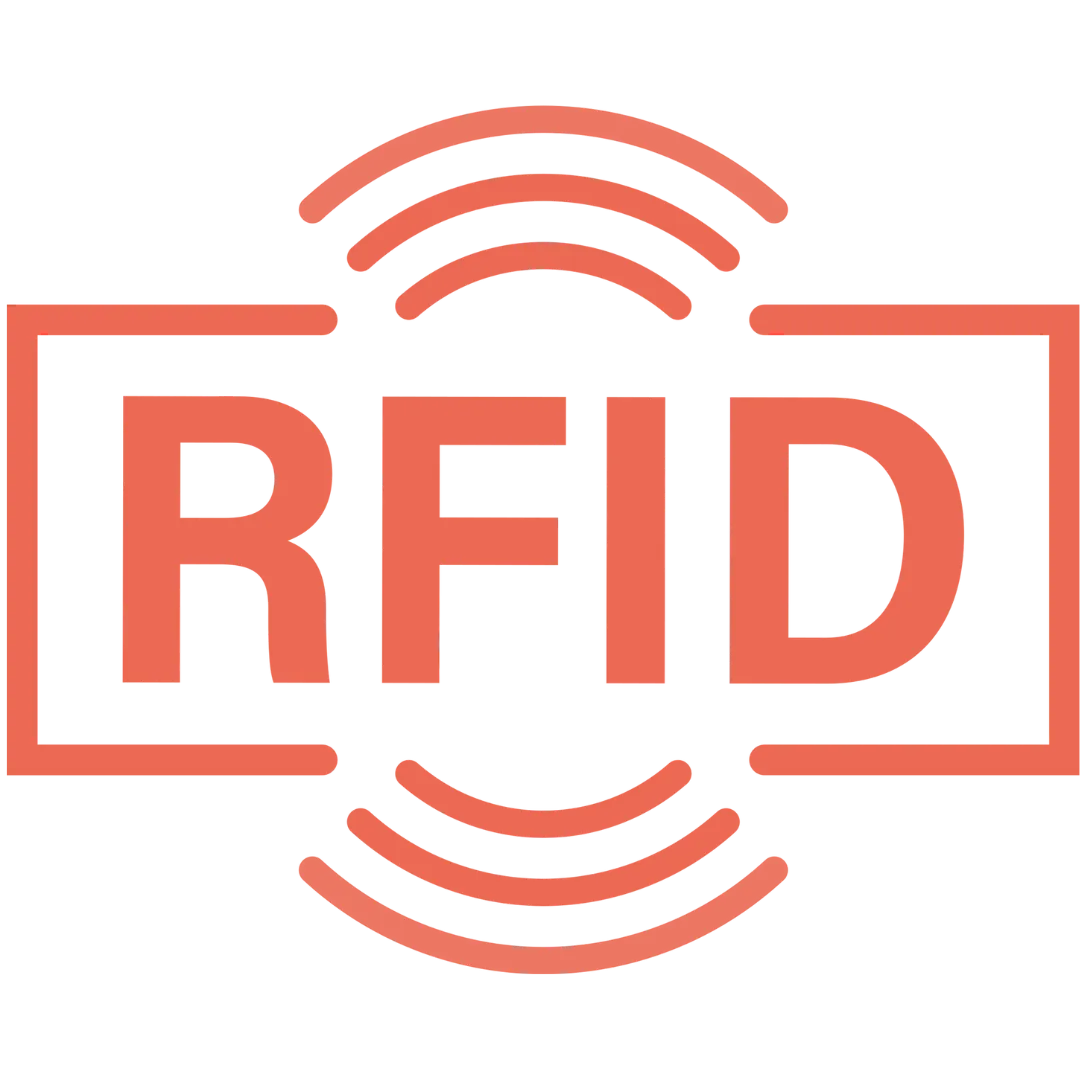

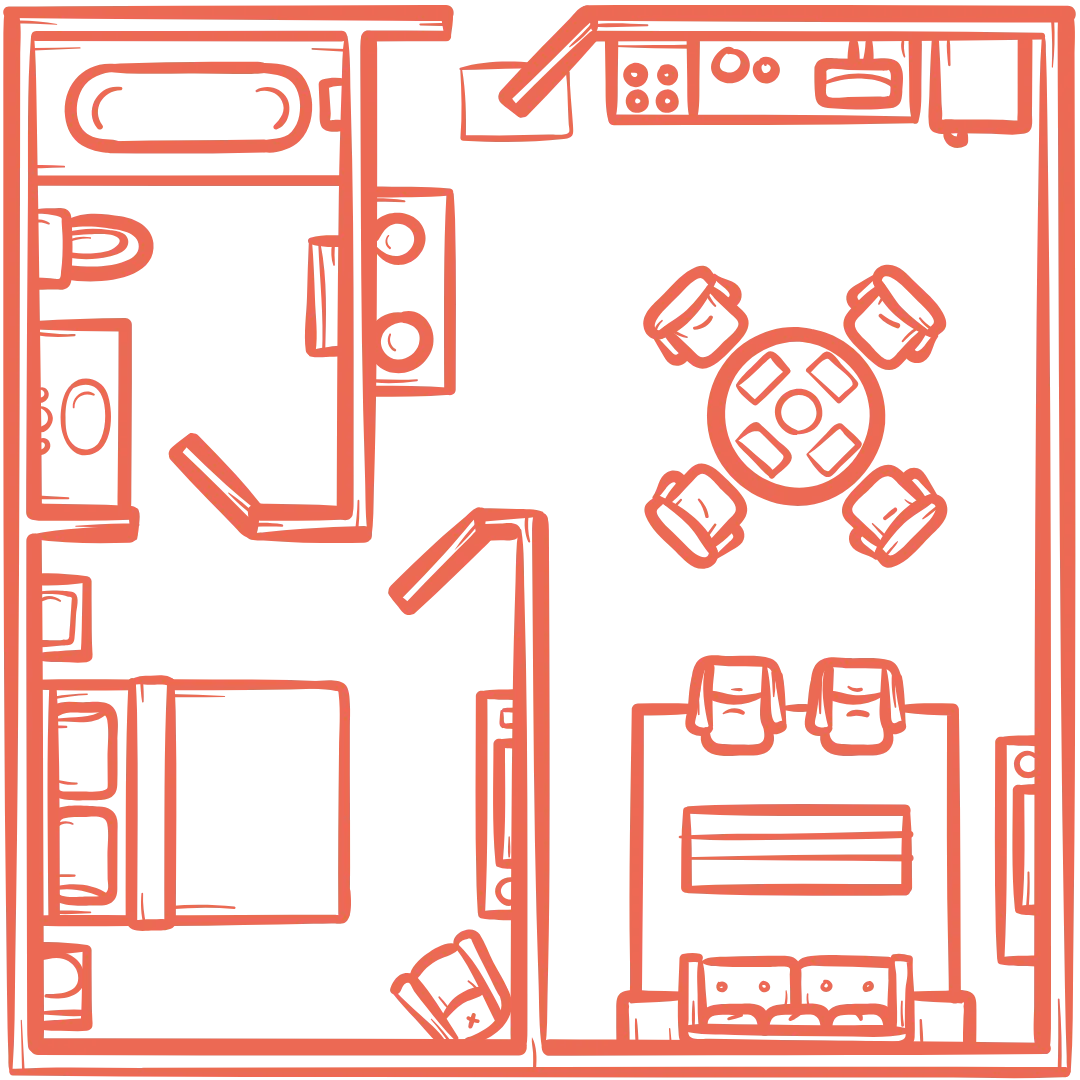




























.webp)
.webp)
.webp)
.webp)
.webp)
.webp)
.webp)
.webp)
.webp)

.svg)




.webp)
.webp)
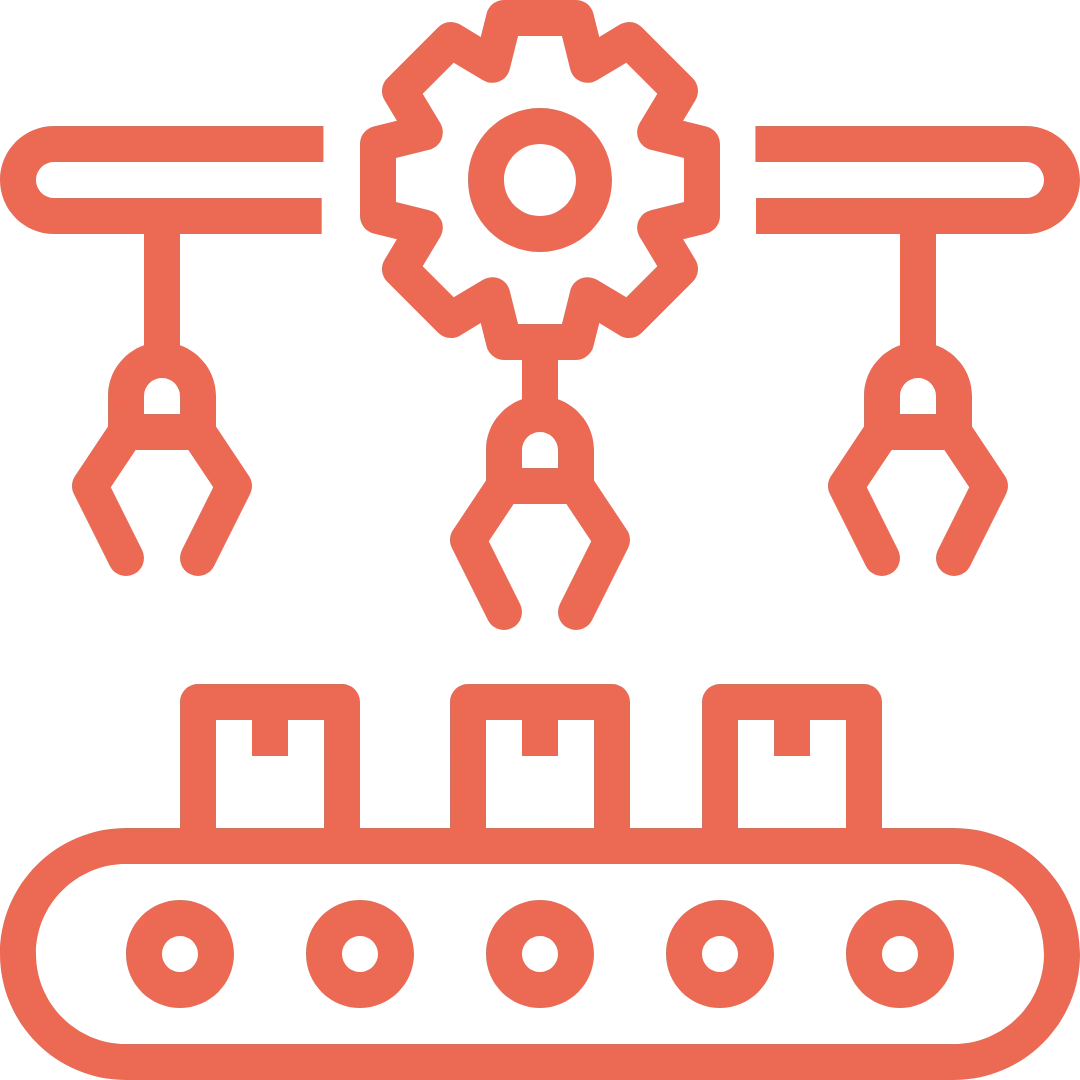





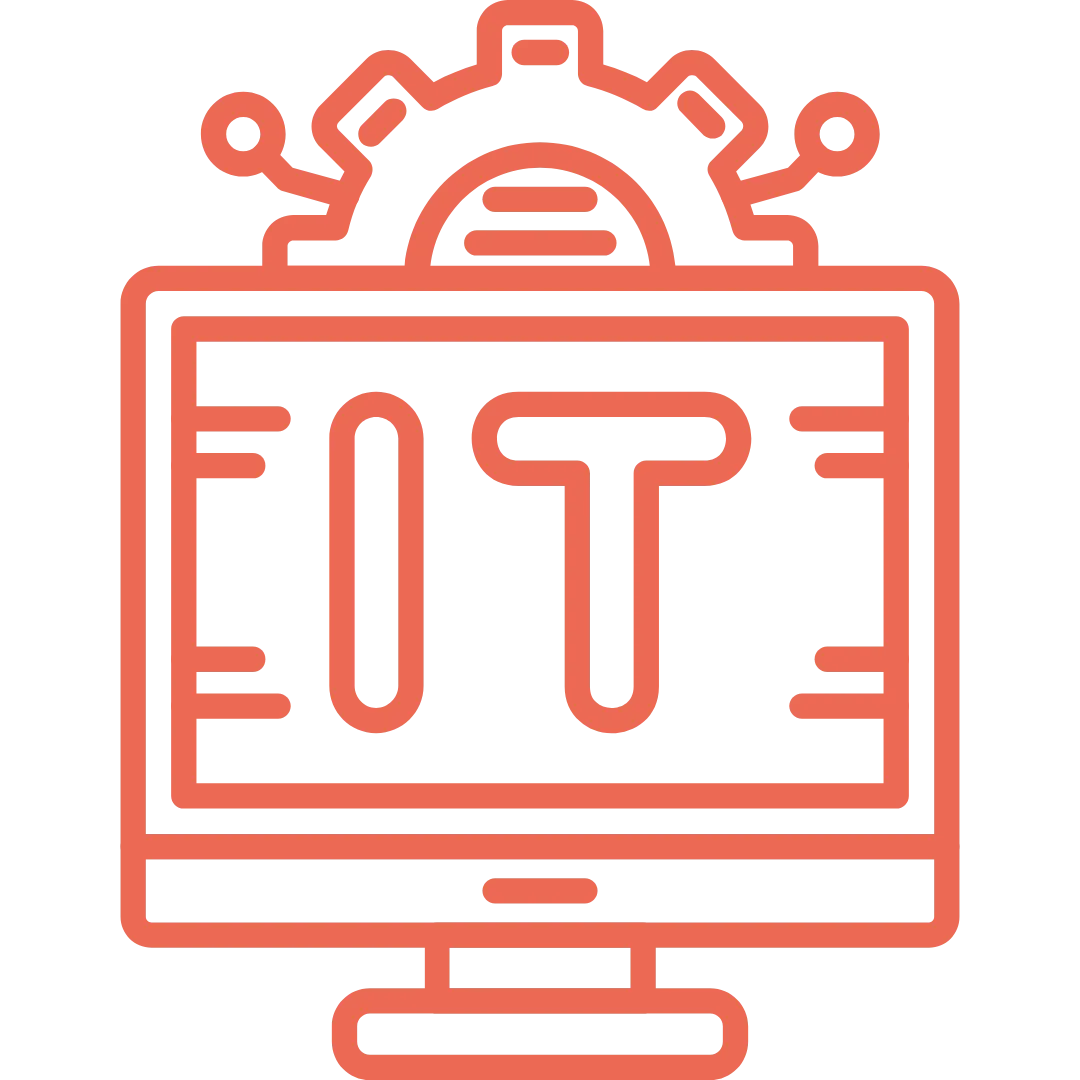







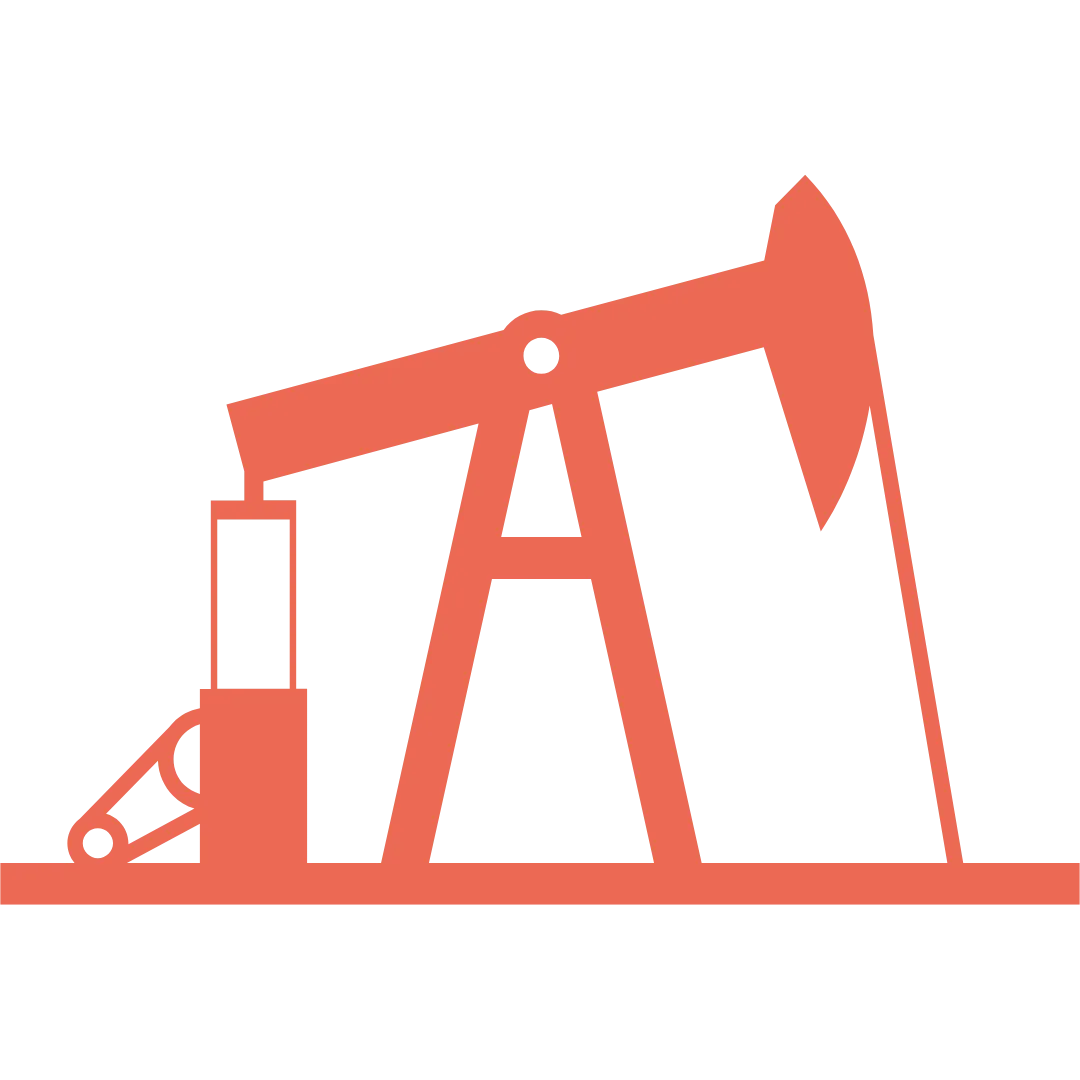




























.png)



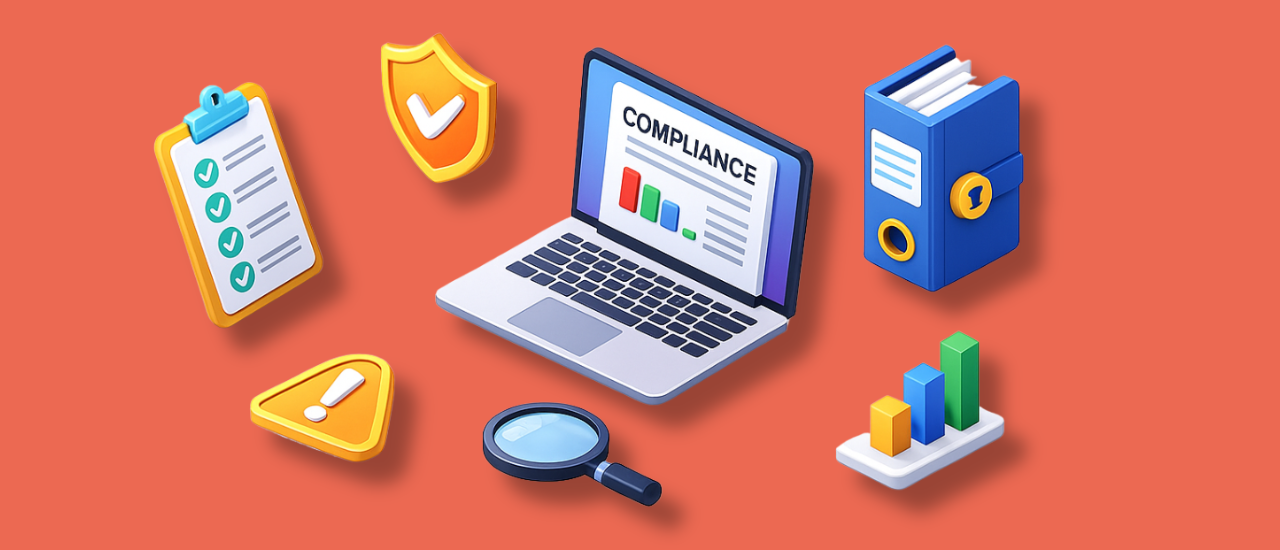
.webp)

















